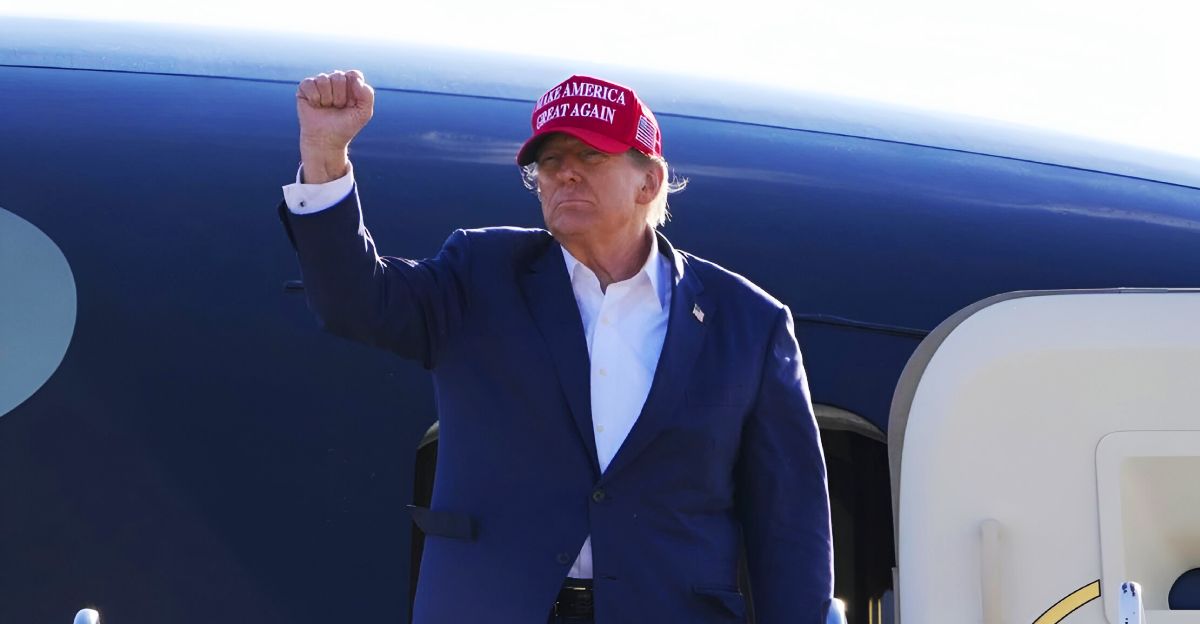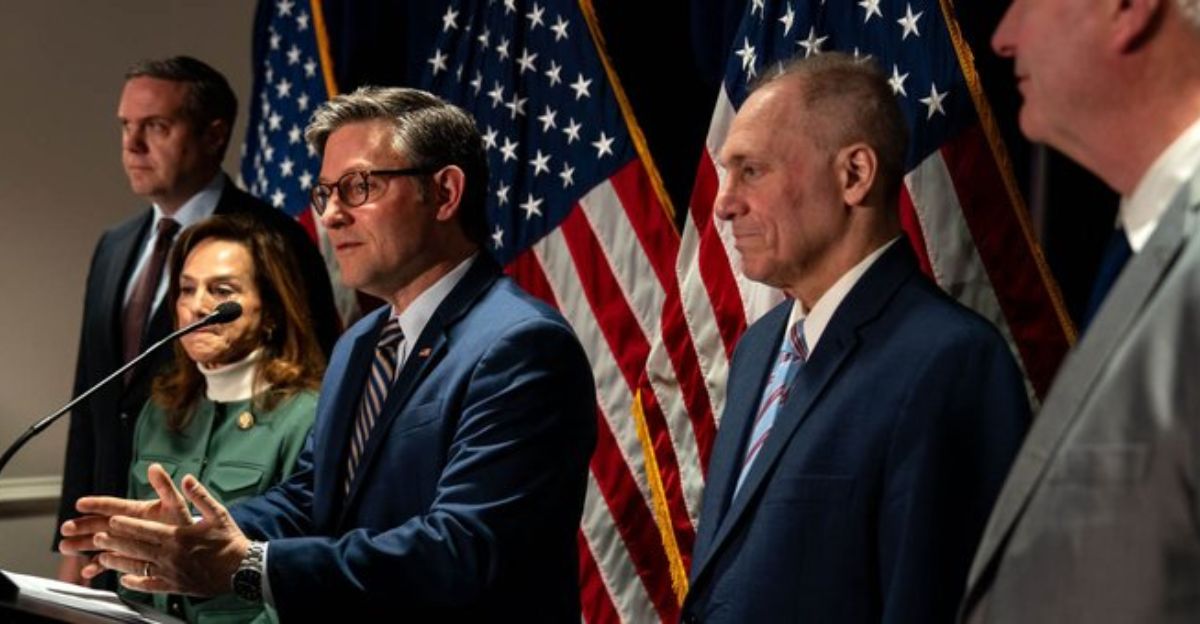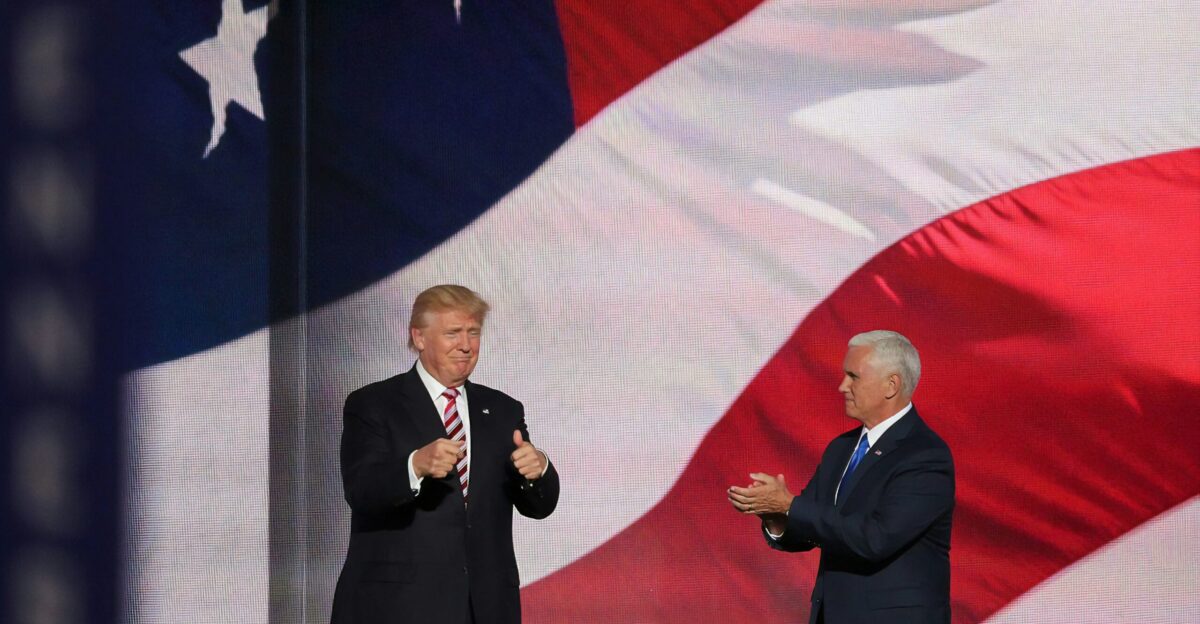
President Donald Trump has proposed a sweeping idea: using tariff revenue to eliminate income taxes for Americans earning under $200,000 annually. This group represents about 85.6% of U.S. households, as only roughly 14.4% earned above that threshold in 2023, suggesting a broad base of potential beneficiaries. Trump envisions tariffs as a new, robust revenue source that could replace the federal income tax system, fundamentally reshaping how the government funds itself.
This article explores the feasibility of this claim, examining the economic realities, historical context, and expert opinions. We will analyze how tariff revenue compares to income tax revenue, the economic trade-offs involved, and the political and fiscal implications of such a radical shift. Ultimately, the goal is to provide a clear, fact-based understanding of whether tariffs can realistically shoulder the nation’s tax burden.
Trump’s Tariff Proposal Explained

Trump’s proposal centers on replacing income tax revenue with funds generated exclusively from import tariffs. He suggests creating an “External Revenue Service” funded solely through these tariffs, shifting the tax burden from individual incomes to imported goods. Historically, the U.S. relied heavily on tariffs for revenue in the 19th century before establishing a permanent income tax system in 1913.
Trump’s vision revives this older model, aiming to simplify tax collection and encourage domestic manufacturing by making imports more expensive. However, this approach marks a significant departure from modern tax policy, which relies predominantly on income and payroll taxes to fund government operations.
The Scale of Tariff Revenue vs. Income Tax Revenue

Income taxes generate vastly more revenue than tariffs. For example, the federal income tax collected over $1.14 trillion in the recent fiscal year, while tariff collections peaked at just $22 billion in May 2025, a historic high but still a small fraction of total federal revenue. Experts note that income tax revenue is more than 27 times greater than current tariff revenue.
Even optimistic projections of tariff revenue, such as a 10% universal tariff, estimate that the increase will be around $2.1 trillion over ten years, which is still far less than income tax collections. This massive gap raises serious questions about the government’s ability to maintain funding levels if income taxes were eliminated for most Americans and replaced solely by tariffs.
Economic Impact and Trade-offs

While tariffs can generate revenue and encourage domestic production, they come with significant economic costs. Tariffs raise imported goods’ prices, leading to inflation as companies pass higher costs to consumers or absorb them as reduced profits. Economic analyses estimate that current tariffs reduce U.S. economic output by about 0.8% in the long term.
This shrinkage in GDP means fewer jobs and slower growth overall. Although tariffs incentivize some manufacturing to return to the U.S., the net economic effect is mixed and can hurt consumers through higher prices and reduced choices. These trade-offs complicate the idea that tariffs alone can replace income taxes without harming the economy.
Expert Skepticism and Mathematical Challenges

Economists widely agree that tariffs cannot fully replace income tax revenue. Studies from the Council on Foreign Relations and the Tax Foundation emphasize the mathematical impossibility of generating enough tariff revenue without imposing prohibitively high tariffs that would shrink imports drastically.
The U.S. imported $3.1 trillion in goods in 2023, while income tax is levied on over $20 trillion in income, illustrating the disparity in tax bases. Even optimistic tariff revenue estimates fall short by hundreds of billions annually. Experts warn that relying solely on tariffs would require unsustainable tariff rates, risking recession and economic instability.
Potential Tax Relief for Specific Groups

Trump’s plan includes targeted exemptions to soften the impact on vulnerable groups. Under this model, workers earning tips, Social Security beneficiaries, and public service workers such as firefighters, police officers, military personnel, and veterans are proposed to be exempt from income taxes.
This could benefit an estimated 93 million Americans, providing significant tax relief to these groups. Politically, these exemptions aim to build support by protecting key constituencies. However, the overall fiscal viability of the plan remains questionable despite these targeted breaks.
Contrarian Views and Unconventional Perspectives

Some proponents argue that tariffs could stimulate domestic job growth and manufacturing, reviving sectors weakened by globalization. They point to historical periods before the income tax when tariffs were the primary revenue source, suggesting a return to this model could simplify taxation and bolster American industry.
Alternative tax reform proposals, such as the Fair Tax Act, propose replacing income taxes with a national sales tax, offering another path to tax simplification. These perspectives challenge the status quo but face skepticism given modern economic complexity and global trade dynamics.
Broader Fiscal and Political Context

Trump’s tariff proposal intersects with the 2025 budget reconciliation process and tax cut debates led by House Republicans. While tariffs are projected to raise $2.1 trillion over the next decade, this revenue is insufficient to cover the $5.3 trillion in deficit-financed tax cuts and increased spending authorized by recent budget resolutions.
The political debate centers on balancing tax cuts, tariffs, and government spending without exacerbating deficits or borrowing costs. Tariffs may partially offset revenue losses but cannot fully fund the government under current fiscal plans.
Surprising Case Studies and Market Reactions

Recent spikes in tariff revenue, such as the $22 billion collected in May 2025, highlight tariffs’ potential but limited scale as a revenue source. Markets have reacted to tariff policies with increased volatility and rising bond yields, reflecting investor concerns about trade unpredictability and fiscal stability.
Industries affected by tariffs, including manufacturing and retail, have shown mixed responses, with some benefiting from protectionism and others suffering from higher input costs. These case studies illustrate the complex and uneven effects tariffs have across the economy.
Outlook

In summary, while tariffs could reduce income tax burdens for some Americans, eliminating income taxes for those under $200,000 annually is highly unlikely. Economic data and expert analysis reveal significant gaps between tariff revenue and income tax needs, alongside inflation risks, economic contraction, and market volatility.
The future of this proposal depends on political will, financial realities, and potential compromises in tax and trade policy. As this debate evolves, readers are encouraged to follow developments critically, grounded in data and expert insights.